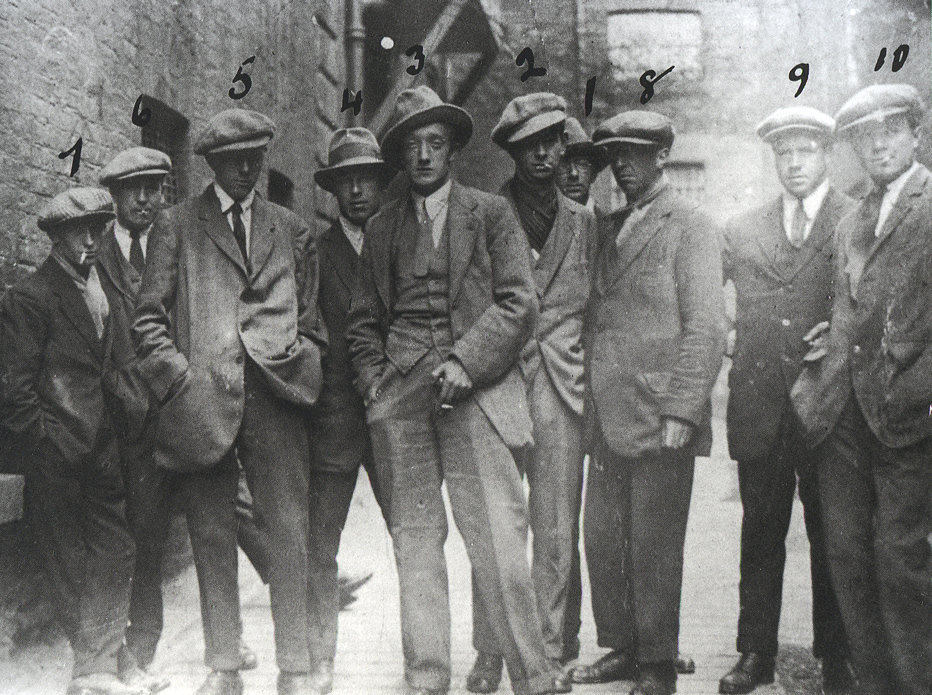Bloody Sunday, Dublin, Ireland, 1920
Enlarge text Shrink text- Work cat.: 2004040826: Gleeson, J.J. Bloody Sunday : how Michael Collins' agents assassinated Britain's Secret Service in Dublin on November 21, 1920, 2003.
- Wikipedia, July 6, 2006(Bloody Sunday (1920): Bloody Sunday of 1920 is a term used to describe a day of violence in Dublin on November 21st 1920, during the Irish War of Independence (1919-21), which led to the deaths of 31 people. The day started with the assassination of 14 British agents or their informants by the Irish Republican Army. British forces retaliated with the massacre of players and spectators attending a Gaelic football match in Croke Park in north Dublin.)
Bloody Sunday (Irish: Domhnach na Fola) was a day of violence in Dublin on 21 November 1920, during the Irish War of Independence. More than 30 people were killed or fatally wounded. The day began with an Irish Republican Army (IRA) operation, organised by Michael Collins, to assassinate the "Cairo Gang" – a group of undercover British intelligence agents working and living in Dublin. IRA operatives went to a number of addresses and killed or fatally wounded 15 men. Most were British Army officers, one was a Royal Irish Constabulary (RIC) sergeant, and two were Auxiliaries responding to the attacks. At least two civilians were killed, but the status of some of those killed is unclear. Five others were wounded. The assassinations sparked panic among the British authorities, and many British agents fled to Dublin Castle for safety. Later that afternoon, British forces raided a Gaelic football match in Croke Park. British RIC members called "Black and Tans", Auxiliaries, and British soldiers, were sent to carry out a cordon and search operation. Without warning, the police opened fire on the spectators and players, killing or fatally wounding 14 civilians and wounding at least sixty others. Three of those killed were children. Some of the police claimed they were fired at, and this was accepted by the British authorities. All other witnesses said the shooting was unprovoked, and a military inquiry concluded it was indiscriminate and excessive. The massacre further turned Irish public opinion against the British authorities. That evening, two Irish republicans (Dick McKee and Peadar Clancy) who had helped plan the earlier assassinations, along with a civilian (Conor Clune) who happened to be caught with the others, were beaten and shot dead in Dublin Castle by their British captors, who said that they were killed during an escape attempt. Two other IRA members were later convicted and hanged in March 1921 for their part in the assassinations. Overall, the IRA assassination operation severely damaged British intelligence, while the later reprisals increased support for the IRA at home and abroad.
Read more on Wikipedia >
 Topic
Topic





